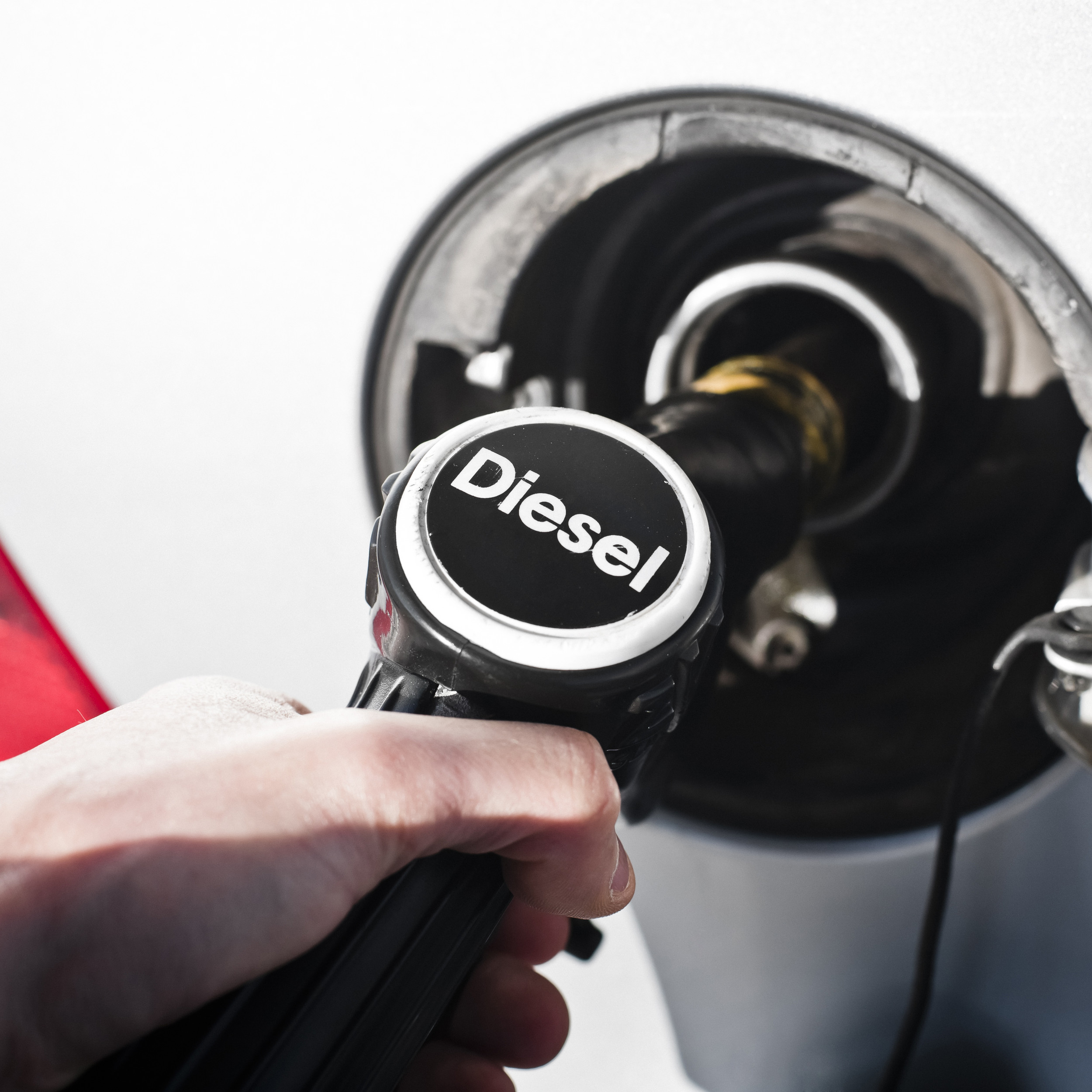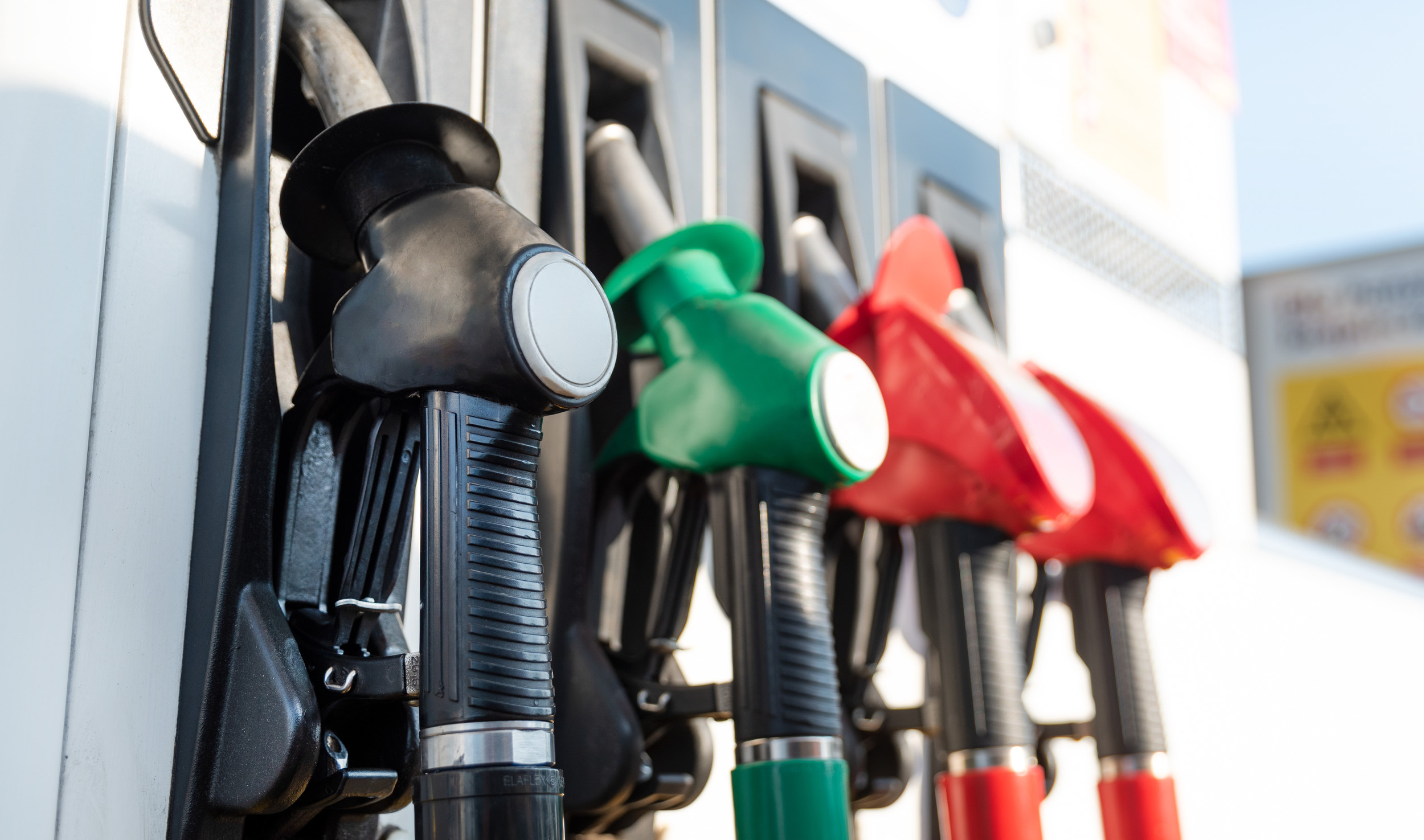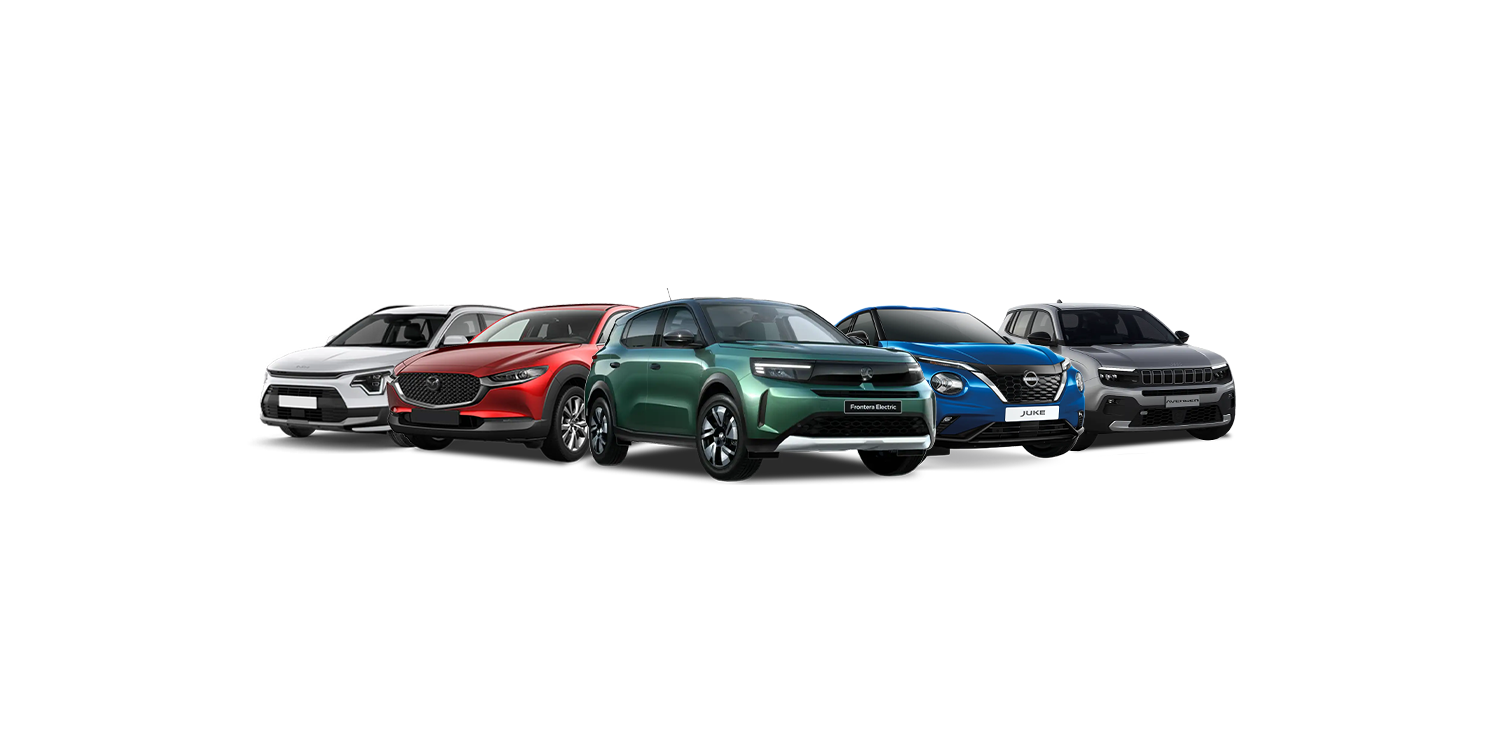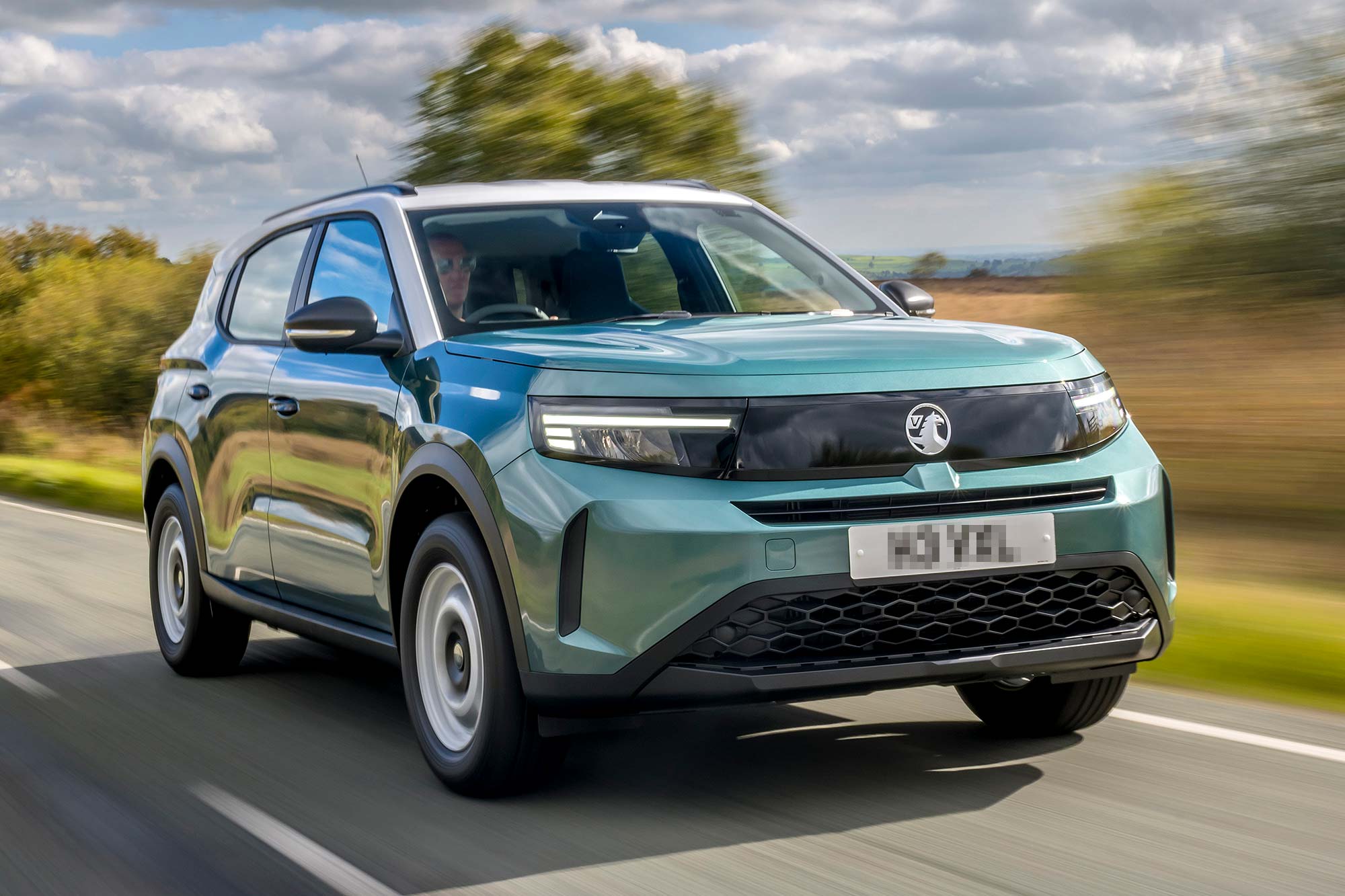In-car technologies are always changing; features such as keyless entry systems, sat navs and parking sensors can provide numerous benefits and are becoming more popular. Additionally, the EU directive for all new cars to emit fewer emissions over the forthcoming years means that several initiatives have come into play to help reduce engine emissions; stop-start technology, diesel particulate filters and semi-automatics are among these changes.
If you’re considering a new car with some of these features, you may find the following summary useful. If you’re unsure about any technology you can always speak to your dealer and try to arrange a test drive if it’s a new vehicle.
Diesel particulate filter
Most diesel vehicles now come fitted with a Diesel Particulate Filter (DPF) to reduce harmful exhaust gases. A DPF works by trapping soot particles as they exit the car and it regularly burns them off through a process known as ‘regeneration’. This process can only take place automatically when the exhaust gets hot enough during the continuous periods of driving at higher speeds.
If you mainly carry out short or urban journeys it is not always possible for the regeneration process to take place and this could cause the filter to become blocked. For this, reason, a petrol car may be more suitable for city and town users or those who mainly carry out short journeys.
A DPF should function correctly if you regularly drive at speeds of over 40mph for sustained periods of time (20-30 minutes as a minimum).
Stop-start technology
A car fitted with a stop-start system will automatically shut down and restart the engine in order to reduce the amount of time the engine spends idling, thereby reducing fuel consumption and emissions. This is beneficial for vehicles which spend significant amounts of time waiting in traffic jams. The system is activated whenever the driver brings the vehicle to a halt.
Generally in a manual vehicle the engine will also stop if the vehicle is out of gear, stationary and the clutch is released. The engine will then start up again when the clutch is pressed down. In an automatic vehicle the engine may also stop if the vehicle is stationary and the brake is activated and start up again when the brake is released.
However, the activation of a stop-start system is quite complex and will only work in certain conditions. For example, the engine will not stop if the battery level is low.
In some cases, the stop-start function only works when:
- the driver’s door and the bonnet are closed
- the driver is wearing a seat belt
- the vehicle has been driven at faster than 4km/h before stopping
- the vehicle is not pulling a trailer
In some cases the engine will not be switched off, for instance when:
- the engine temperature is still too low
- the difference between the interior temperature and the temperature selected via the air conditioning system is still too great
- the outside temperature is very high or very low
- the windscreen is being de-iced
- the optional parking aid or the optional parking assist is activated
- the battery charge is too low
- the steering wheel is at a sharp angle or is being turned
- reverse gear is engaged
- the road is steep
In other cases, the engine is started automatically by the system when:
- the vehicle rolls forward
- the windscreen is being de-iced
- there is a large difference between the interior temperature and the temperature selected via the air conditioning system
- the brake pedal has been pressed down several times in succession
- the battery charge is too low
- when lots of electrical systems are using engine power, such as air conditioning, wiper blades, radio, etc.
Please consult the vehicle handbook or your dealer if you are in any doubt about the systems activation.
In recent years most car manufacturers have introduced this system as a standard feature or a cost option on their vehicles. On some vehicles there is a facility for the system to be switched off for the remainder of a journey, but usually the default setting is for the stop-start to remain switched on.
Electric parking brake
In some vehicles, electric parking brakes (EPB) feature instead of traditional, lever-style hand brakes. EPBs hold a vehicle stationary when the driver activates the brake with the push of a button, and the brakes are then applied electrically.
Apart from performing the basic vehicle holding function, the EPB systems can also release the brake automatically when the driver presses the accelerator and re-apply the brake when no motion is detected. Different vehicles may use this feature in a different manner and if you’re thinking of getting a car with this feature, you should try it out first and your dealer will be able to answer any queries you may have.
Electric locks and keyless entry
The locking mechanisms on different types of car vary widely.
A keyless entry system is an electronic lock that controls access to a vehicle without using a traditional mechanical key. Keyless remotes contain a short-range radio transmitter, and must be within a certain range, usually 5-20 meters (15-60 ft), of the car to work. When a button is pushed, it sends a coded signal by radio waves to a receiver unit in the car, which locks or unlocks the door.
Semi-automatic Transmissions
A semi-automatic transmission (SAT) assists with gear changes by controlling the clutch.
It uses electronic sensors to execute gear shifts on input from the driver or by a computer. This removes the need for a clutch pedal since the clutch itself is actuated by electronic equipment which can synchronise the timing and torque required to make quick, smooth gear shifts.
The system was designed to provide a better driving experience and semi-automatic gear boxes are sometimes more efficient and produce fewer emissions than manual gear boxes.
However, in some cars semi-automatic transmissions may have different characteristics across vehicle types and versus traditional automatic vehicles. As such, customers who have previously driven automatics may notice differences in the driving experience. We encourage customers to test drive cars with features you haven’t tried before, to make sure it’s the right choice for you.
Satellite navigation (‘Sat Navs’)
More and more cars now have integrated sat nav systems which are built into the vehicle. This is a popular feature with many of our customers but it’s worth bearing in mind that the location data is only updated periodically. This means that some of the newest roads, buildings and places of interest may not feature automatically.
The software varies depending on the type of car, but updating the sat nav can be a simple process that your dealer can perform for you, although customers may be required to pay an additional cost.
Adaptive cruise control
Cruise control is a system that automatically maintains the speed of the vehicle. Adaptive cruise control is a more recent cruise control system that automatically adjusts the speed in order to maintain a safe distance from vehicles ahead. The car will speed up and slow down in line with the car in front, accordingly to the length set by the driver.
This system is not designed to completely replace the driver’s use of the accelerator and brake and drivers must remain alert at all times to ensure they can respond using the brake in emergency situations.
This technology is still relatively new but we may see this becoming a regular feature on more and more cars in the future.
Parking systems
Parking sensors, rear-view cameras and automatic parking systems have become more popular in recent years. These systems aim to take the stress and guesswork out of parking but they vary widely in terms of the range, height and position. Therefore, there will be hazards which aren’t picked up by these tools and they should only be used as a basic aid for the driver.
The Motability Scheme enables disabled people and their families to access a brand new car or scooter, by exchanging their mobility allowance to lease the vehicle of their choice. Find out more:
Read more articles like this:
Five Optional Extras Your Next Car Should Have
How In-Car Technology Can Help You
![]()






